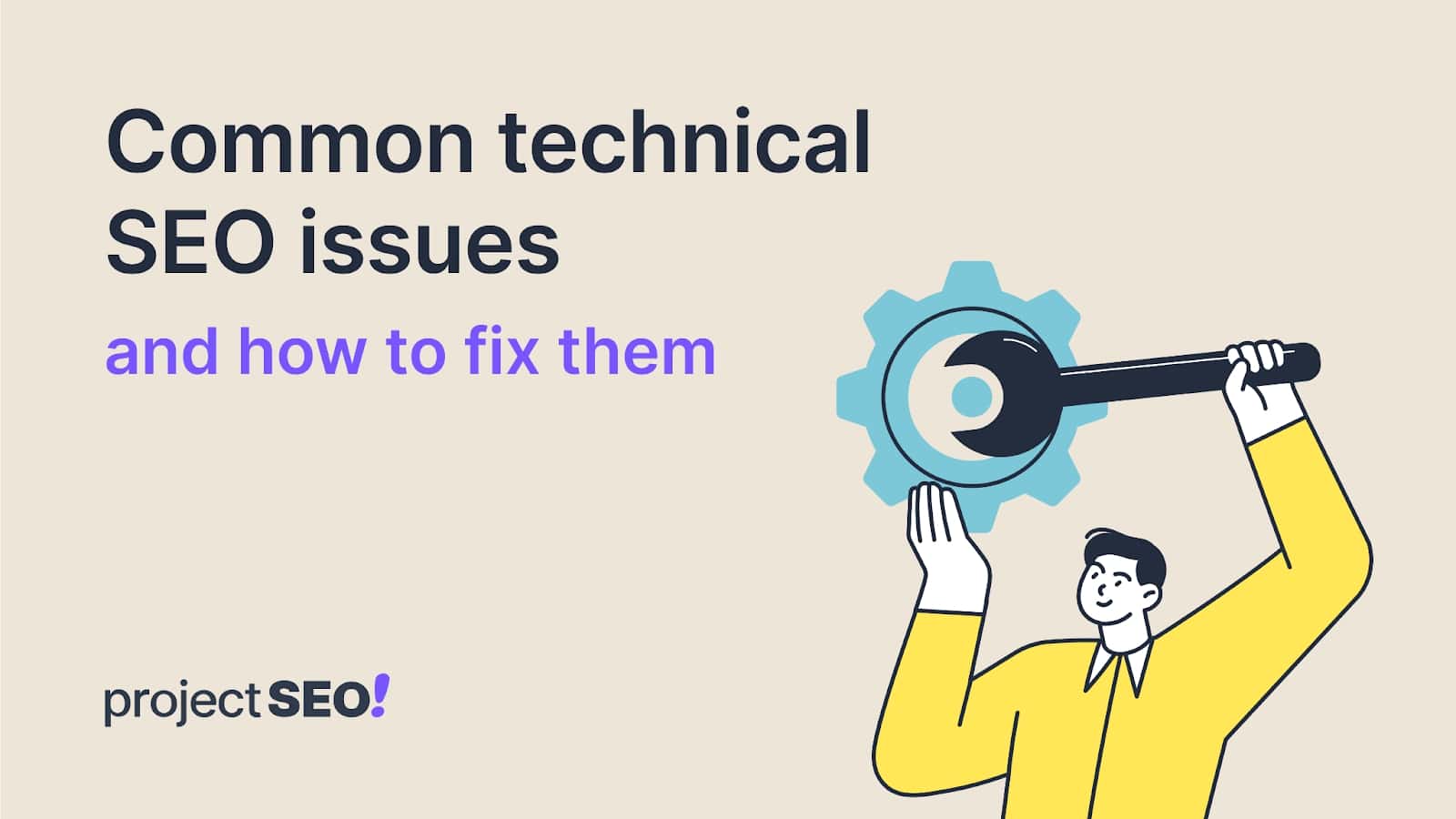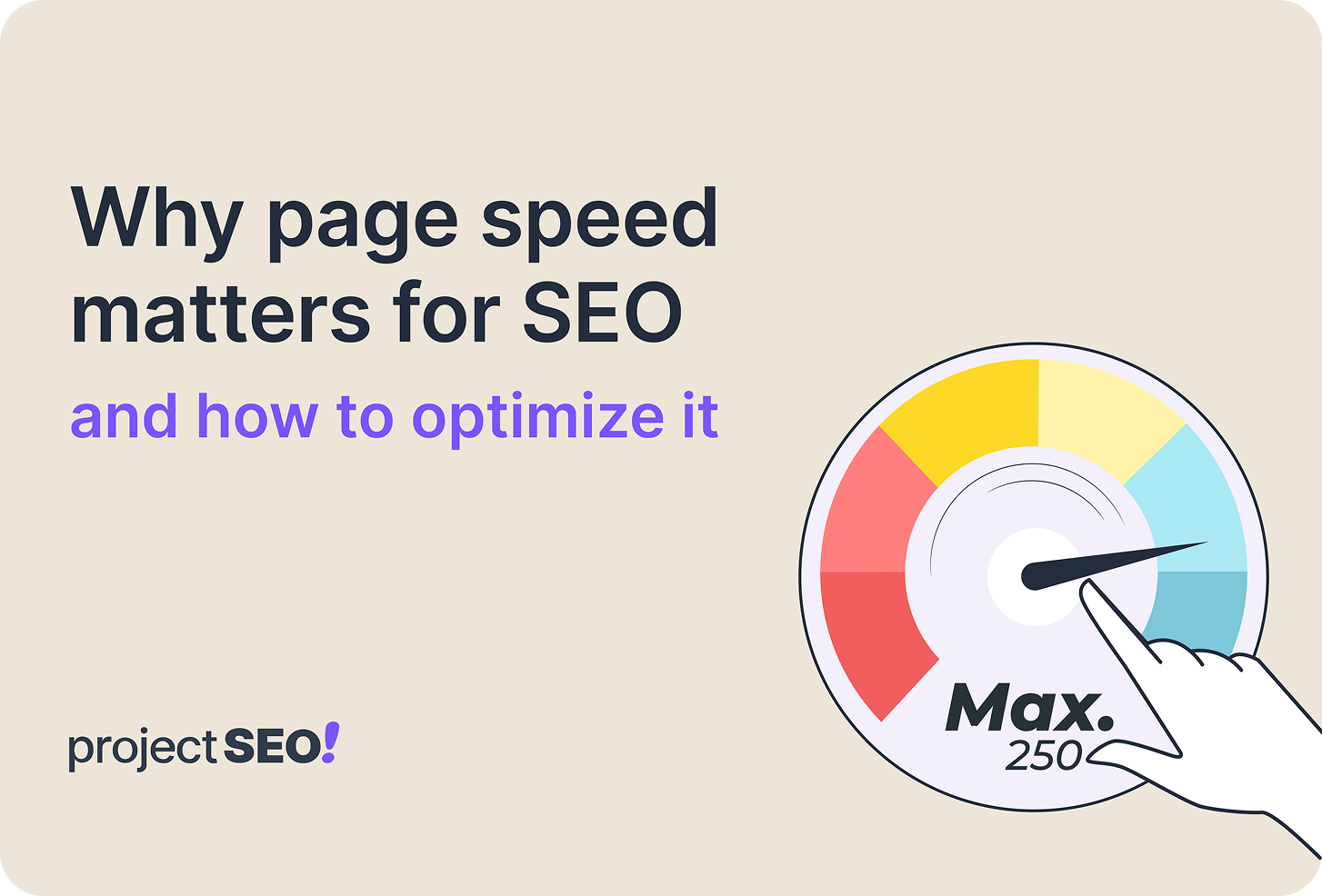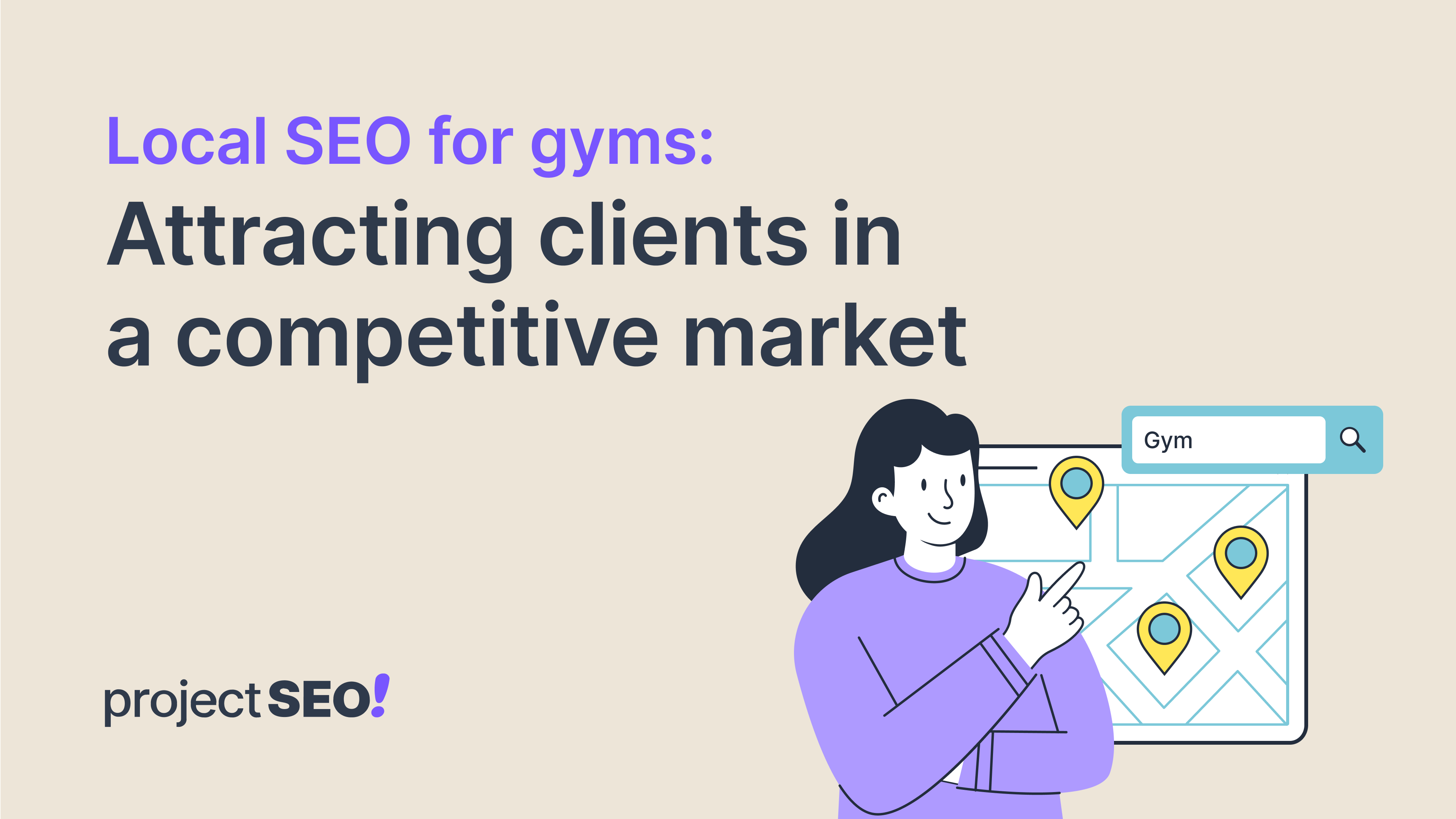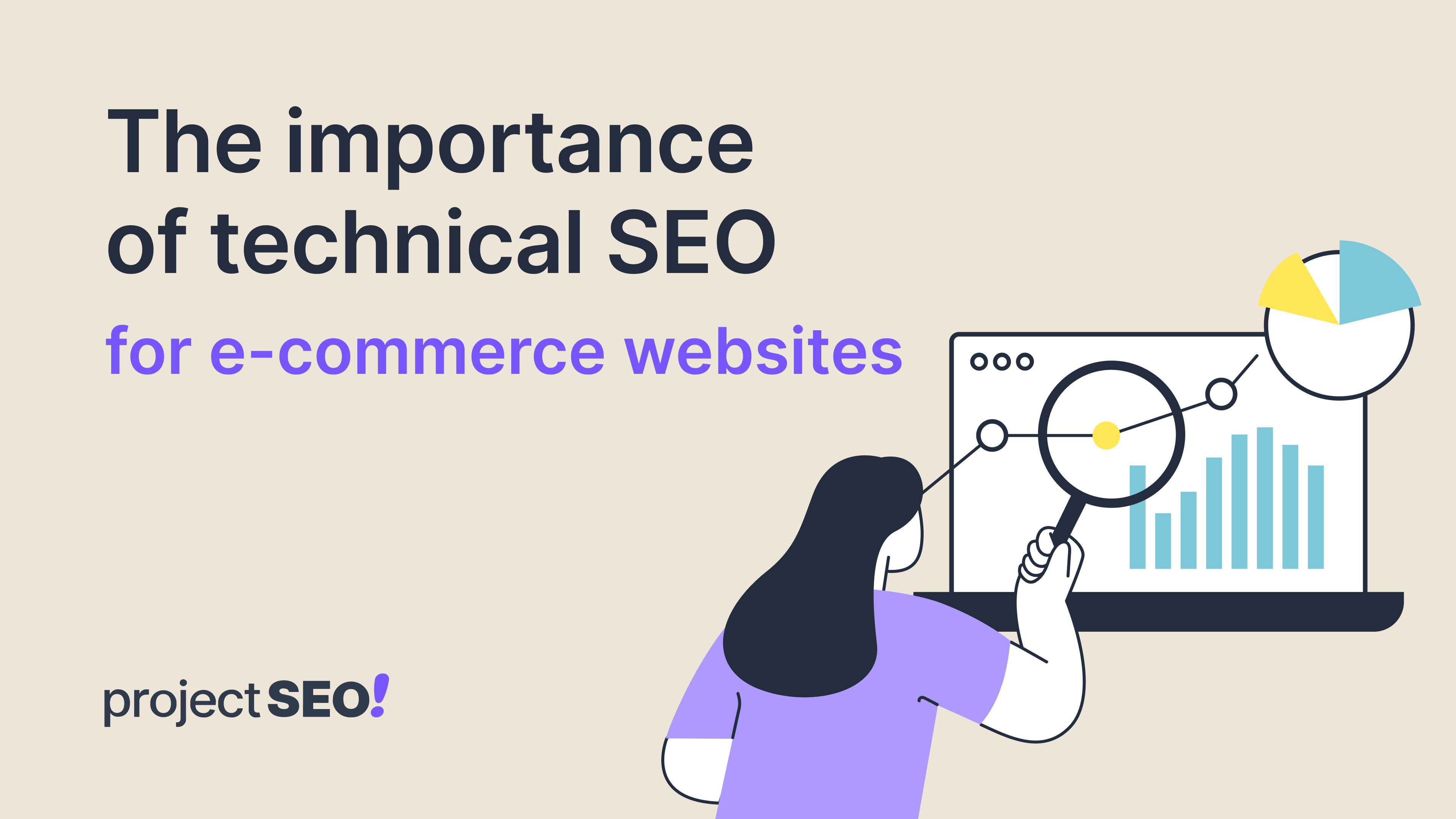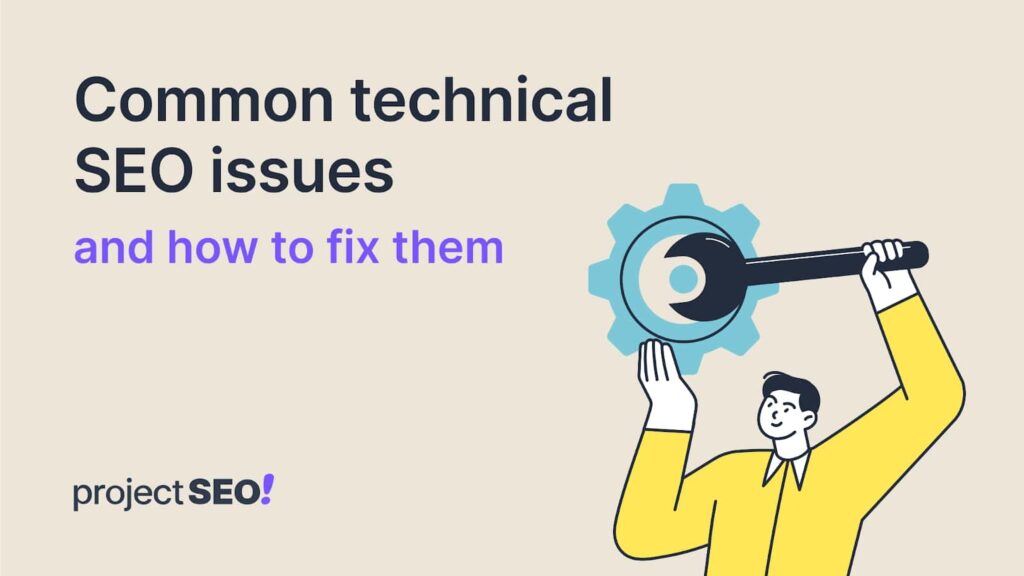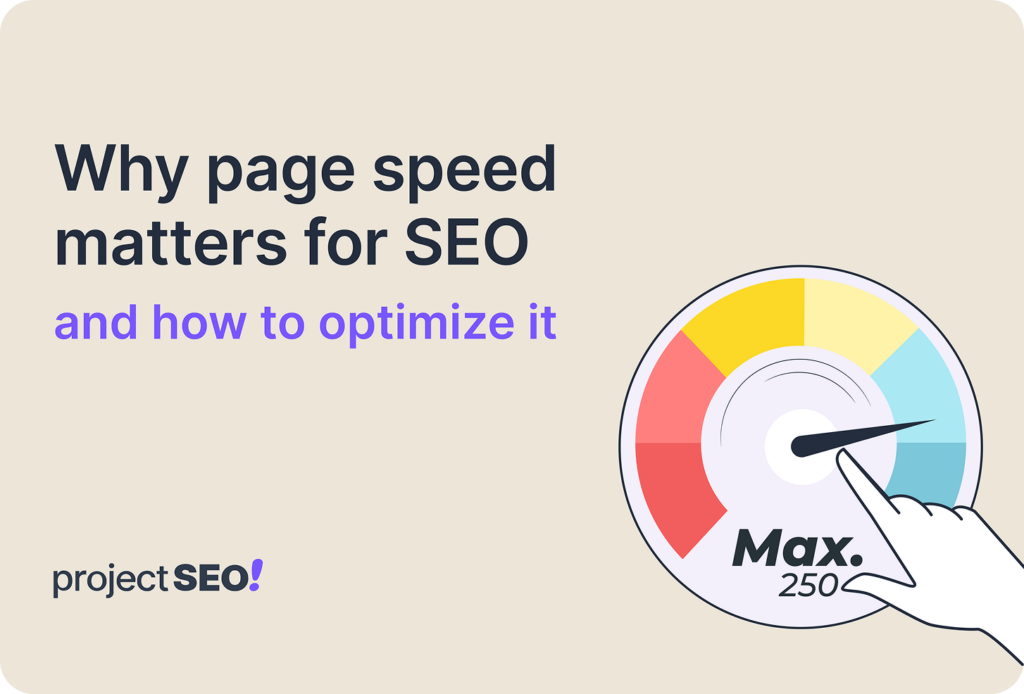E-commerce websites have many pages, such as homepages, categories, and product pages, and it can be more challenging for Google to rank them. Technical SEO helps by optimizing the backend to make these pages easier to crawl and navigate.
Search Engine Optimization (SEO) improves website visibility on search engines like Google. When done right, SEO helps businesses appear higher in search results, attracting more site visitors. Optimizing websites for search engines is crucial because 68% of all online experiences begin with a search engine query.SEO embodies different strategies, including on-page SEO, which focuses on keywords, content, and meta descriptions. However, technical SEO is more about a website’s backend, which affects site speed, structure, security, and how well search engines can crawl and index the site. For e-commerce websites, technical SEO is particularly important due to the complex nature of product pages, categories, and subcategories.
Why is Technical SEO Important for E-commerce Success?

E-commerce websites often have multiple page types, including home pages, category pages, product pages, and subcategories, making it difficult for search engines to crawl and rank them. This is where technical SEO becomes vital. Properly optimizing the backend of an e-commerce site ensures that each page is accessible and functional for search engines and users.
Improving Search Rankings
Technical SEO can directly or indirectly affect search rankings. Google prioritizes sites that load quickly, are mobile-friendly, and are easy to navigate. If these technical aspects are ignored, even well-written content may neither rank well nor be visible in search engine results.
Better User Experience
Technical SEO improves the overall user experience. Fast-loading pages, smooth navigation, and secure connections create a better experience for visitors, encouraging them to stay longer and possibly purchase.
Increased Organic Traffic
Effective technical SEO helps search engines properly crawl and index an e-commerce site, increasing its visibility in search results. This leads to more organic traffic and, consequently, more sales opportunities without relying solely on paid advertising.
Key Benefits of Technical SEO for E-commerce Sites
Faster Page Load Times
Site speed is a crucial factor in user experience and conversions. Studies show that a delay of even one second in page load time can reduce conversions by 7%. Google focuses on Core Web Vitals, which measure real-world user experience for loading performance, interactivity, and visual stability of the page. In other words, slow websites are penalized in search rankings.
How to Improve Page Speed:
- Use tools like TinyPNG to reduce image file sizes.
- Enable browser caching so users can access the site faster by saving certain resources on their browsers.
- Implement fast hosting
- Minimize HTTP requests
- Eliminate all redirects
- Optimize your site’s code (HTML, CSS, and JavaScript)
- Use one CSS stylesheet
Tools like Google PageSpeed Insights can help you analyze and improve your page speed.
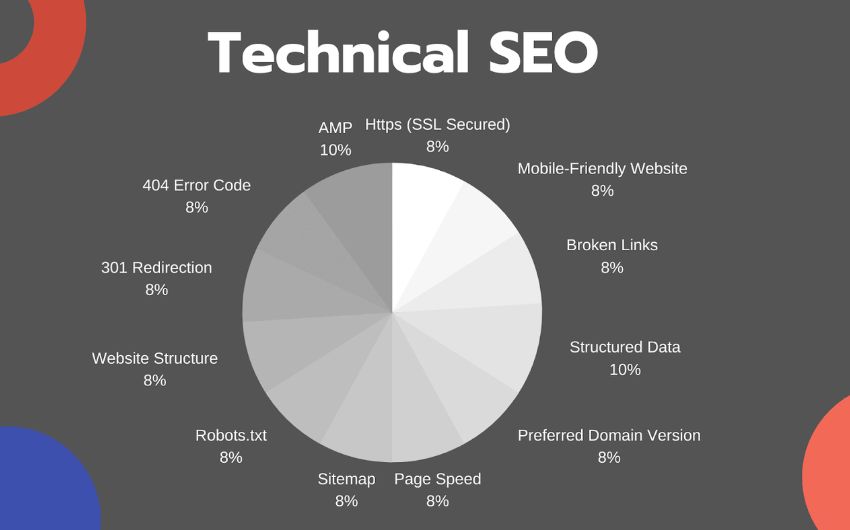
Improved Mobile-friendliness
With the growing number of mobile shoppers, e-commerce sites must be optimized for mobile devices. Google now uses mobile-first indexing, meaning that it ranks sites based on their mobile version. That said, e-commerce websites with responsive design and a mobile-friendly interface are more likely to rank higher and convert mobile users into customers.
Steps to Improve Mobile-friendliness:
- Use a responsive design that adapts to different screen sizes.
- Optimize buttons and links to be easily clickable on smaller screens.
- Minimize heavy scripts and media that slow down mobile load times.
Better Crawlability and Indexing
Search engines need to be able to crawl and index your site quickly to display it in search results. Technical SEO ensures that your e-commerce site has proper sitemaps, internal linking structures, and robots.txt files to guide search engines through the site’s pages and ensure that all product pages are indexed and ranked.
To enhance crawlability, you should consider the following:
- XML Sitemap: Create and submit an XML sitemap that lists all important pages to help search engines navigate your site.
- Robots.txt: Use this file to control which pages search engines can crawl. For example, you may want to block the crawling of checkout pages or admin sections.
- Canonical Tags: Use these to indicate the preferred version of a page when you have multiple URLs with similar content (e.g., product variations).
- Site Structure: Help Google understand your content better by ensuring the site structure has link relationships around core topic pillar pages that link to related sub-topics (content clusters).
- Fix crawl errors and broken links.
Enhanced Security with HTTPS
HTTPS is essential for e-commerce sites, not just for SEO but also for customer trust. Secure websites protect sensitive customer information, such as payment details, and signal users and search engines that the site is safe. Sites without HTTPS are often flagged as “Not Secure” by browsers, which can scare away customers and hurt your SEO rankings.
How to Do Technical SEO for Your E-commerce Website
If you haven’t looked at the technical side of your SEO, you can start by conducting a technical SEO audit to improve user experience and identify and fix problem areas. This will ensure that new SEO practices are built on a solid base.
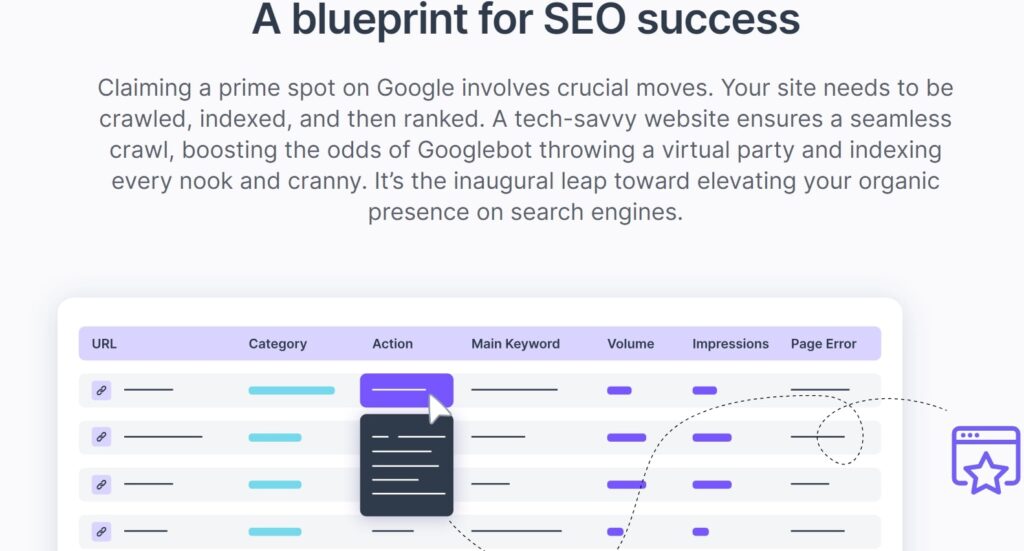
A good example of a result-oriented technical SEO audit is what we did for Terry Costa. Some actionable steps we took include improving site speed, maintaining a clean URL structure, using structured data, and ensuring website security and mobile friendliness.
Improve Your Site Speed
- Implement fast hosting to ensure that your site loads quickly.
- Compress images and minimize HTTP requests to reduce loading time.
- Eliminate redirects and optimize your site’s code (HTML, CSS, JavaScript) for better performance.
- Enable browser caching to improve speed for returning visitors.
Keep a Clean URL Structure
- Use one CSS stylesheet to simplify your code.
- Keep URLs clean and readable, avoiding excessive parameters or random strings of numbers.
Use Structured Data
Implement structured data to help search engines better understand your site’s content. This will make it easier for product pages to appear in rich snippets, improving click-through rates.
Secure Your Website
- Ensure your site uses HTTPS for security and better rankings.
- Use canonical tags to avoid duplicate content issues.
- Implement XML sitemaps and robots.txt files to guide search engine crawlers through your site.
Ensure Your Website is Mobile-friendly
A mobile-friendly website is crucial because over 54% of web traffic comes from mobile users. It translates to improved user experience, better SEO rankings, and increased conversion rates. Without mobile optimization, you risk losing traffic and potential customers.
Google also prioritizes mobile-friendly websites and uses your website’s mobile version for indexing and ranking. Non-optimized sites may lose traffic due to their lower visibility.
Build a Lasting Web Architecture
A well-organized website structure helps both users and search engines navigate your site easily. Use categories and subcategories logically, and avoid creating too many unnecessary pages.
To create a sustainable web architecture:
- Use breadcrumb navigation on every page. This allows users to move backward easily.
- Make the most of your internal linking opportunities to improve SEO and make your website more navigable.
- Make your URLs as descriptive as possible.
- Avoid orphan pages.
Before You Go
Technical SEO is critical to keeping your e-commerce websites on Google’s first page. It improves site performance, ensures search engines can crawl and index pages, and boosts organic traffic and sales. However, managing these technical aspects on your own can be a bit too demanding. That’s where ProjectSEO can help. Get started today to improve your e-commerce site’s search visibility and performance.
